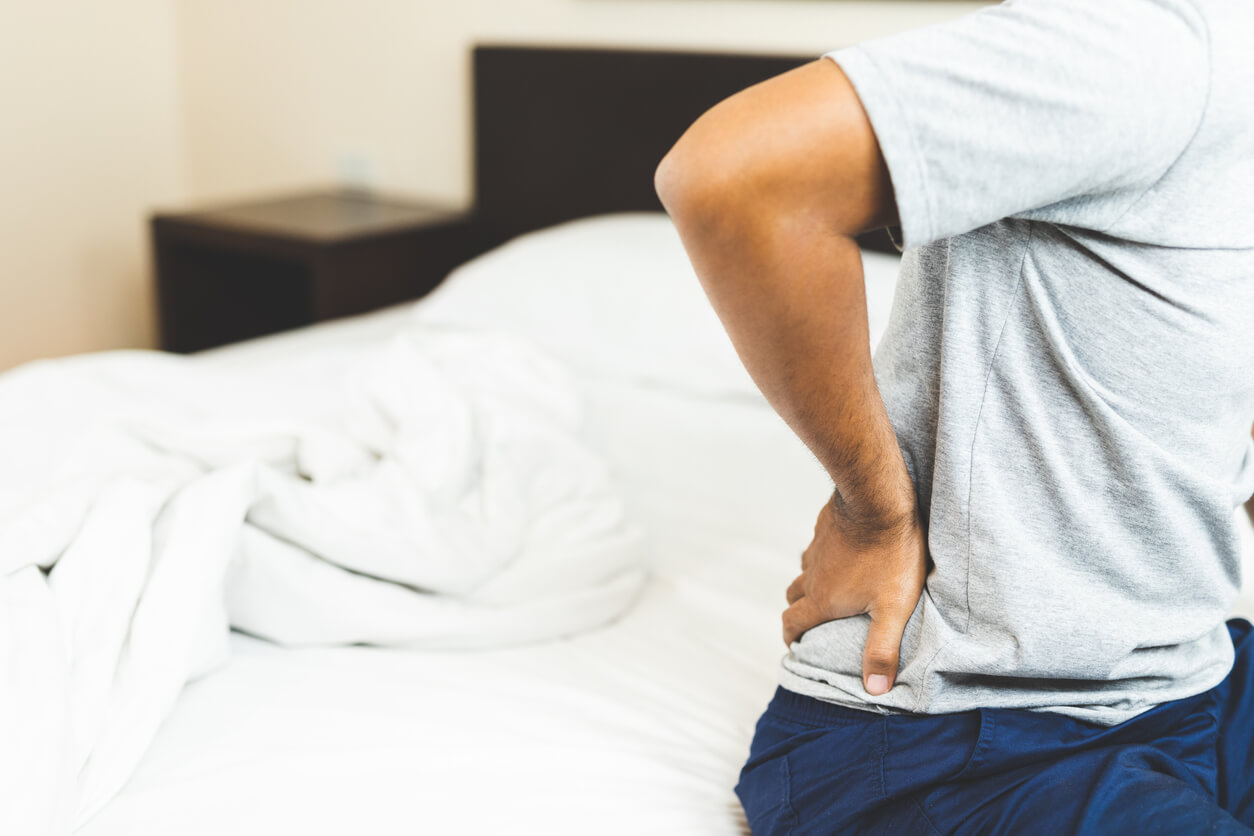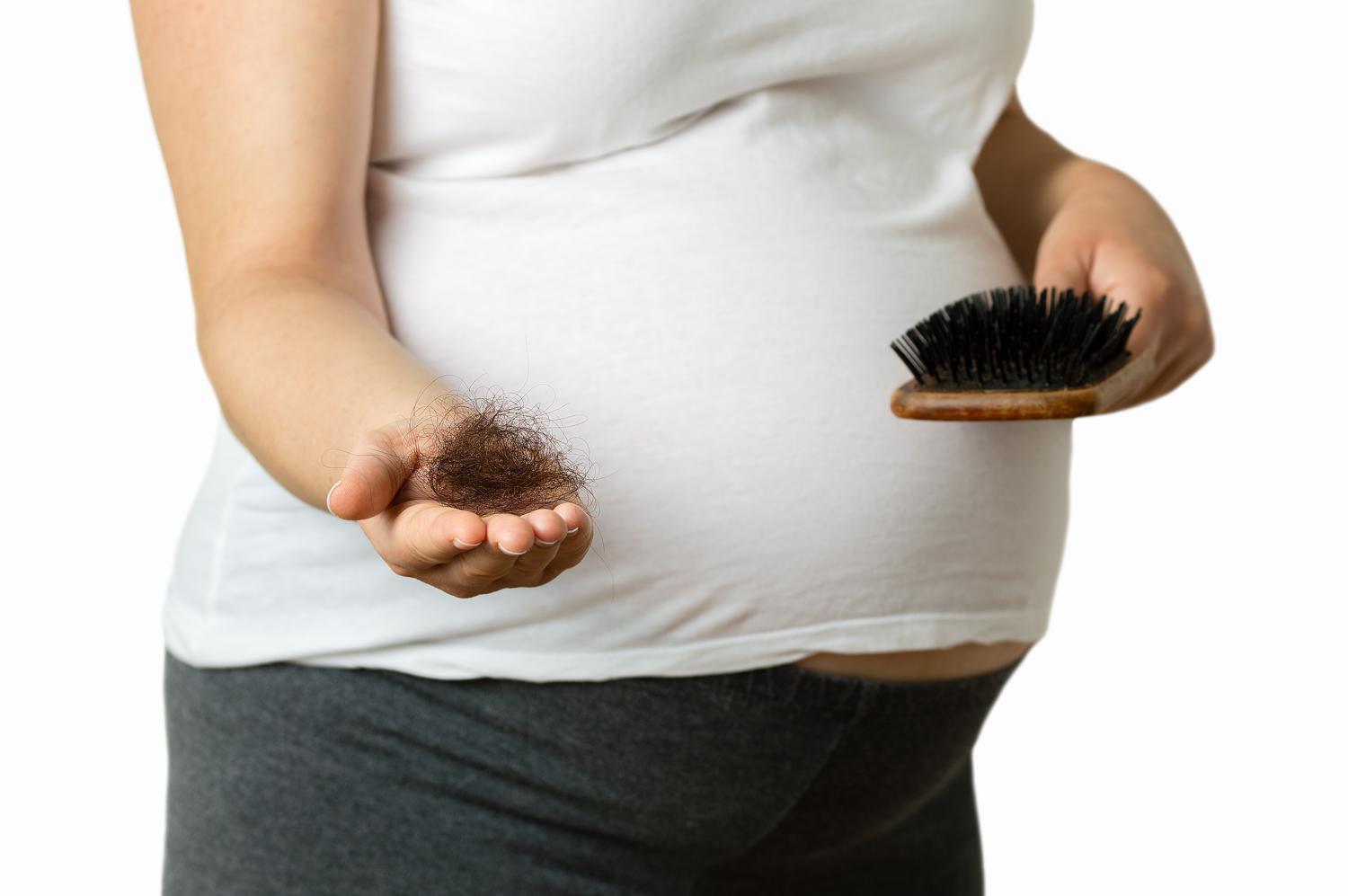Back Pain During Pregnancy: Why It Happens & How to Fix It
Let’s look at some of the main causes:
- Hormone changes: During pregnancy, the body produces a hormone known as relaxin—which does exactly what it sounds like—serves to relax muscles, ligaments and joints. This allows the pelvis to loosen to accommodate a growing fetus and prepare for labor, but it also can relax ligaments of the spine and joints. This can cause misalignment, undue pressure on the lower back as the spine arches forward with the weight of the pregnancy and causes secondary problems like muscle strain and inflammation.
- Weight gain: On average, women can gain anywhere from 25-50 pounds during a singleton pregnancy. The majority of this weight presents front and center, meaning the lower half of your body constantly carries the weight of a bowling ball. Imagine that this weight can add to the curve of the spine, and can put more load on a spine used to carrying far less weight during the daily activities of living. The weight gain can also cause pressure on the nerves in the back, causing radiating pain that can affect other parts of the body. The weight causes more work for the back muscles and stress on the joints as well.
- Abdominal wall muscle separation: Let’s keep adding insult to injury, shall we? Due to the growth of the uterus, the rectus abdominis muscles in the front of your abdomen can spread apart causing what is known as a “diastasis”, which takes away added support that helped keep the lower spine straight. Half of the battle for lower back pain recovery after pregnancy involves strengthening these muscles of your core.
- Shift of gravity: Big belly, loose joints, all of these factors combine to shift your center of gravity which can put pressure on parts of your back you’re not used to feeling. This becomes especially apparent in the latter stages of pregnancy as these factors all start to snowball. 5-Stress: Obviously, stress is not to be downplayed during pregnancy. Stress can lead to muscle spasm and tension and exacerbate already-problem areas. Compensatory spasm in different areas can develop as well. In non-pregnant women, stress and repressed emotion has often been linked to chronic back pain, and certainly pregnancy is a time when those issues are at a definite high.
What are strategies for relief?
Some of these strategies sound pretty straightforward but can be hard to motivate to do, and others can involve motivating other people, which can often be just as tricky. To review a few:
- Exercise: Though it may seem counterintuitive, exercise can often loosen up muscles and strengthen problem areas. Best forms of exercise in pregnancy include low impact forms of workouts, such as swimming, yoga, cycling, weight training with a physical therapist and ideally, pelvic floor therapy. This is something many women believe is helpful only postpartum but can be added into a wellness routine BEFORE delivery to be helpful in many ways.
- Supportive Devices: Belly bands to help lift and support the uterus, blocks for under your feet while sitting, lumbar back support pillows all can be helpful in managing the strain on your back. In addition, different bras and back supporters can help improve your posture by pulling the shoulders back, which can take some pressure off of the lower spine. In addition, sleeping at night should be on your side, with a nice big, long pillow to rest your leg on and another to prop behind your back. In addition, high-heeled shoes are considered ANTI-supportive and should be moved to the back of your closet for a while.
- Heat/Cold: This is more of a solution for an acute strain. It’s important to note that alternating therapy is helpful and if heat is used, low heat is best and a hot heating pad should be avoided during pregnancy. Similarly, NSAIDS and Tylenol should be avoided if more conservative measures can be used.
- Stretching: This is a super important way to assist with back pain. Many of the best stretches can be found on the internet, or you can treat yourself to a session with a physical therapist to learn the best stretches for you at each point in your journey. Also, massage is a wonderful way to help aching muscles. If a professional massage is done, find someone who specializes in prenatal massage and get your doctor to enlist your partner too!
Who is more prone to back pain?
Women who are more prone to back pain include those carrying multiple gestations, who are obese, or who have pre-existing back conditions. In addition, those with diabetes, herniated discs, scoliosis, rheumatoid arthritis, or other pre-existing back conditions. It is very important to note that preterm labor can present as back pain, as can kidney stones, and very rarely osteoporosis or herniated discs. If anything seems extreme, has other associated findings like fever or vaginal discharge, do not hesitate to call your doctor and let them decide what’s normal.
Related posts

In this blog article, we will detail some of the most common causes of lower right back pain and how to treat the root of the problem.

Acute and chronic back pain can affect patients’ quality of life, mobility, and long-term health. In this blog article, we’ll dive deep into the primary causes of lower back pain, the symptoms it causes, and the standard treatment options available.

Learn about the causes and symptoms of lower left side back pain, including issues with internal organs, and explore treatment options. Discover when this pain may indicate an emergency and how to find affordable care from home.

Arthritis symptoms can be uncomfortable, causing joint pain, inflammation and limited mobility. This article will help you better understand the types and their common symptoms. It will also cover 20 effective ways to manage them and find relief.

Cost factors for chiropractic care

Learn about early arthritis symptoms and possible treatments to manage the chronic condition and improve your quality of life.

Pregnancy is both a physical and physiological stressor to the body. Thus, hair loss connected to pregnancy usually occurs after delivery. This happens because of the sudden decrease in the hormone estrogen.

Discover the causes and management of pregnancy nose swelling. Learn why it happens, how to reduce discomfort, and when to consult a healthcare provider for this common yet temporary pregnancy condition.

The impact of so much screen time on children creates ripple effects that span both physical and emotional domains. Physically, the strain of watching a screen for many hours can tire a child's eyes.
